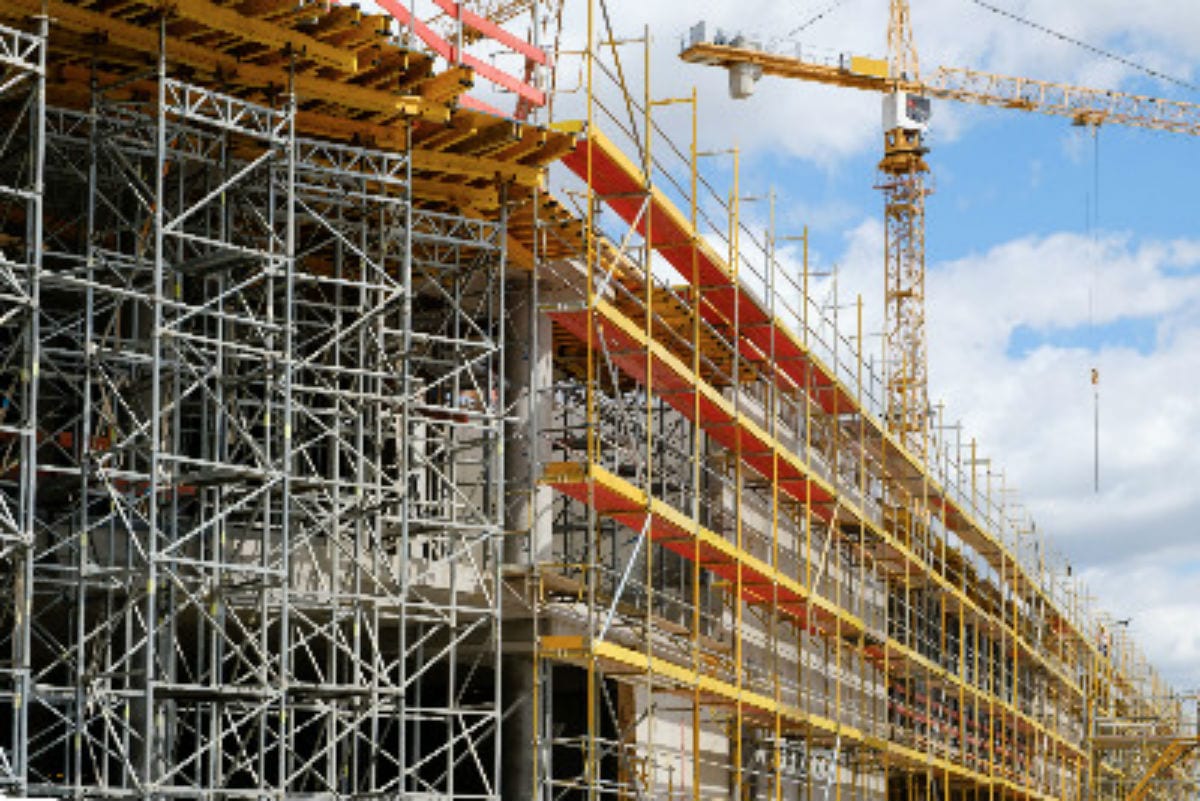Commercial supports plays a crucial role in the building industry, providing essential support and access for laborers engaged in a variety of projects. Be it a bustling downtown high-rise, a revamp of a heritage building, or the development of contemporary retail locations, scaffolding ensures that job sites are secure and efficient. Understanding the regulations that govern commercial scaffolding is crucial for contractors, project managers, and safety personnel alike. This overview covers everything you require to know about scaffolding regulations, from types of scaffolding to security protocols and compliance measures.
As business projects grow in size and complexity, having the right scaffolding system is increasingly necessary. It not only enhances site safety but also contributes to the overall effectiveness of the construction process. In this piece, we will delve into the various types of scaffolding used in business projects, discuss how scaffolding aids to workplace safety, and examine the regulatory framework that ensures adherence. With a focus on best practices, we aim to equip readers with the knowledge needed to maneuver through the often complex world of business scaffolding.
Comprehending Scaffold Regulations
Scaffold rules are crucial to ensuring the protection as well as adherence in commercial building. These regulations are designed to shielding laborers and community against prospective risks associated with scaffold systems, including falls as well as failure of structures. Organizations such as OSHA furnish specific guidelines which scaffolding needs to meet. Grasping these criteria are essential to any building firm to perils and prevent high fines.
Besides national guidelines, numerous states have individual rules that might enforce stricter requirements. Organizations need to understand the two sets of rules so as to ensure complete conformance. This includes being aware of the requirements for designing scaffold systems, construction, and utilization, in addition to maintaining thorough records about evaluations and safety training. Adherence not just enhances the safety and also builds reputation among customers as well as partners.
Routine evaluations along with modifications to scaffolding regulations is essential since building methods develop while additional risks are identified. Being aware of changes to regulations helps organizations adjust safety protocols along with training initiatives to meet requirements. It is vital that building supervisors and staff to participate in ongoing training about scaffold regulations, which will not only enhance safety at work but also promote a climate of compliance within the company.
Boosting Safety and Conformity
Security is paramount in commercial scaffolding, as the elevation and nature of these structures can pose serious risks. Ensuring compliance with safety regulations not only protects workers but also minimizes the chance of construction delays due to incidents. Scaffolding must be designed and constructed according to established standards, such as those established by OSHA, to ensure that all workers are protected during their tasks. This entails adhering to proper load limits, ensuring stability, and equipping scaffolds with necessary safety elements.
Routine safety inspections are essential to ensuring a safe working environment. These inspections help detect potential hazards such as deterioration, improper assembly, or any issues that might endanger the integrity of the scaffolding. By performing thorough, routine inspections and adhering to compliance requirements, companies can tackle issues before they escalate, promoting a culture of safety among team members. Educating workers on safety guidelines and providing them with the requisite knowledge fosters an environment where everyone is aware of the risks associated with scaffolding.
Adherence with scaffolding regulations also shows a company’s commitment to safety, which can enhance its reputation and client trust. By focusing on adherence to safety regulations and actively mitigating risks, businesses can not only protect their workforce but also improve their overall operational efficiency. A well-implemented safety program leads to fewer accidents, lower insurance costs, and a more efficient worksite, ultimately advantaging all stakeholders involved in the commercial project.

Choosing the Right Scaffolding Solutions
Selecting the right scaffolding solution is crucial for ensuring project efficiency and safety. Each commercial project comes with distinct requirements based on its size, type, and specific challenges. Therefore, understanding the scope of your project is the initial step. For Commercial Scaffolding In Sandwich , high-rise construction often demands different solutions compared to retail or office builds. Assessing load-bearing needs, site access, and the duration of the project can help you in choosing the most suitable scaffolding system.
There are various types of scaffolding solutions available, each with its merits. Modular scaffolding offers flexibility and speed of assembly, making it suitable for projects that require quick adjustments. On the alternative hand, tube and clamp scaffolding provides a more personalized approach, capable of adapting to complex structures. Factors such as weight capacity, environment, and frequency of use will influence your choice between these systems, ensuring that you choose a solution that aligns with the safety regulations and project demands.
Furthermore, consulting with a professional scaffolding company can greatly boost your decision-making process. Their expertise in scaffold design and compliance with safety standards can help identify the best system for your needs. By taking advantage of their knowledge, you can handle the complexities of scaffolding logistics, ensuring that the chosen solutions not only meet regulatory requirements but also add to a safe and efficient work environment.
